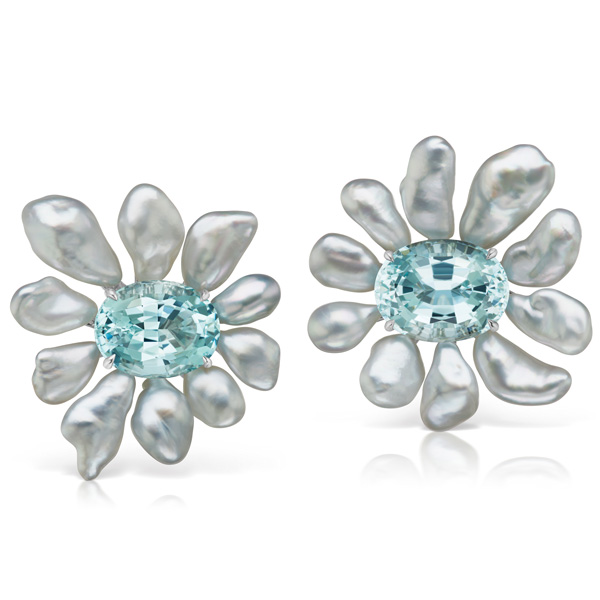
Anyone who loves a good pun would be powerless to resist the “if it’s not baroque, don’t fix it” line when on the subject of baroque pearls. But the fact is, there’s nothing broke about this variation at all—in fact, it makes its wearer look quite put together.
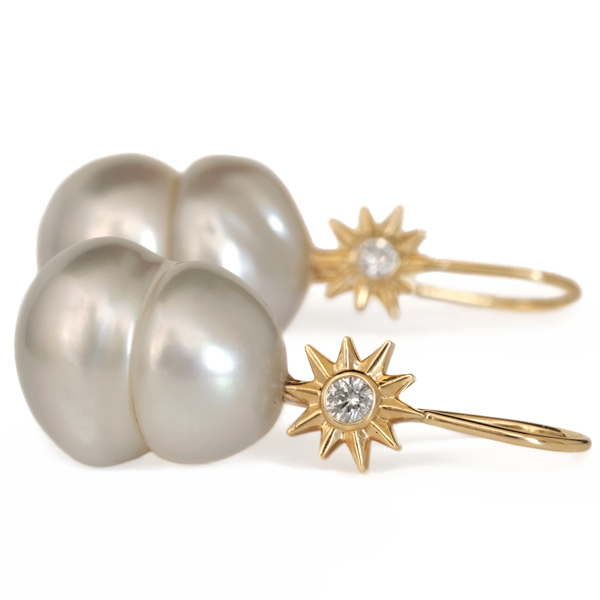
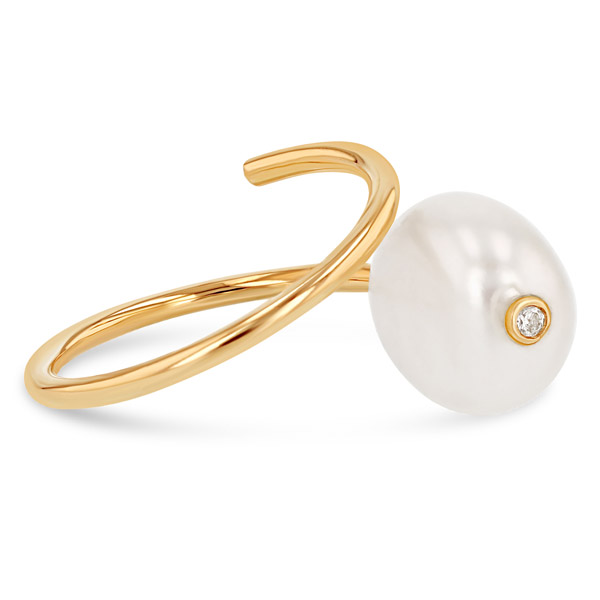
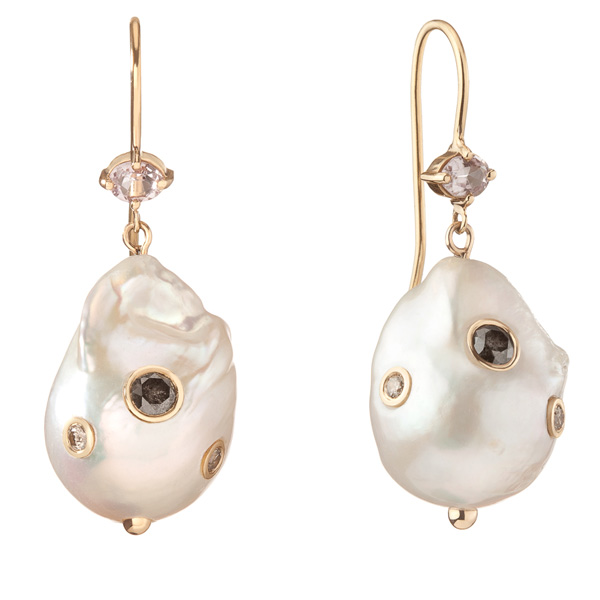
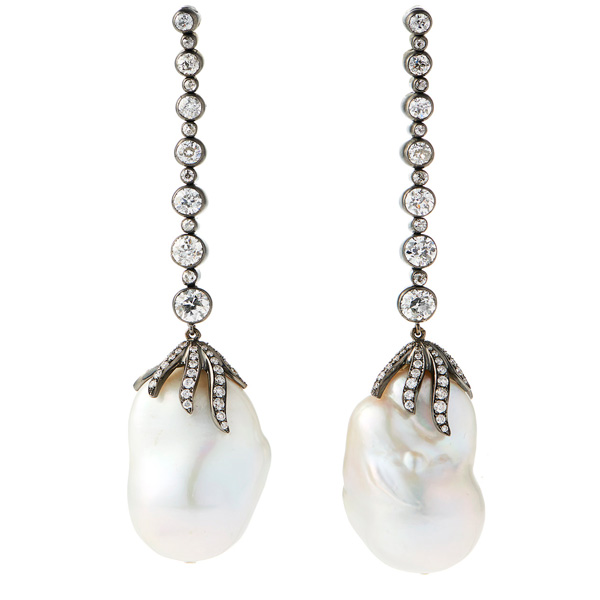
From the Portuguese word barroco (misshapen pearl), baroque pearls rise well above their not particularly positive moniker. In fact, they’re quite prized by pearl collectors, though the perfectly round variety remains the most valuable.
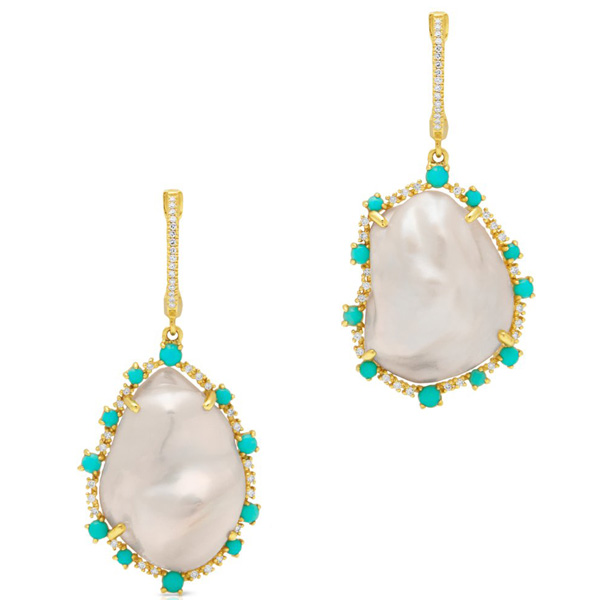
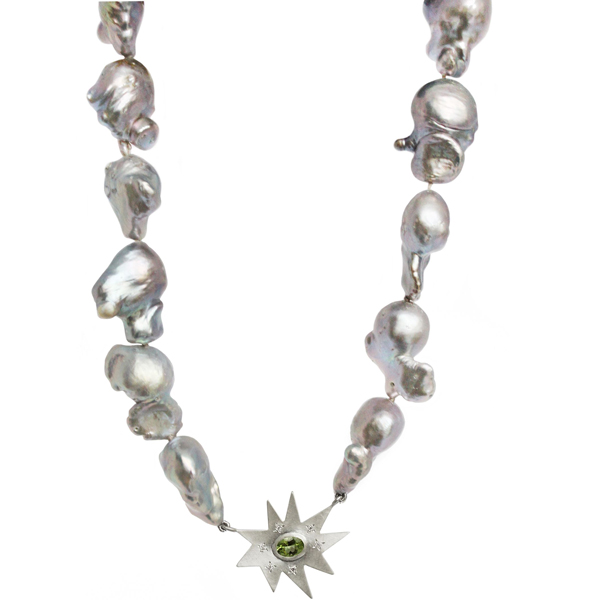
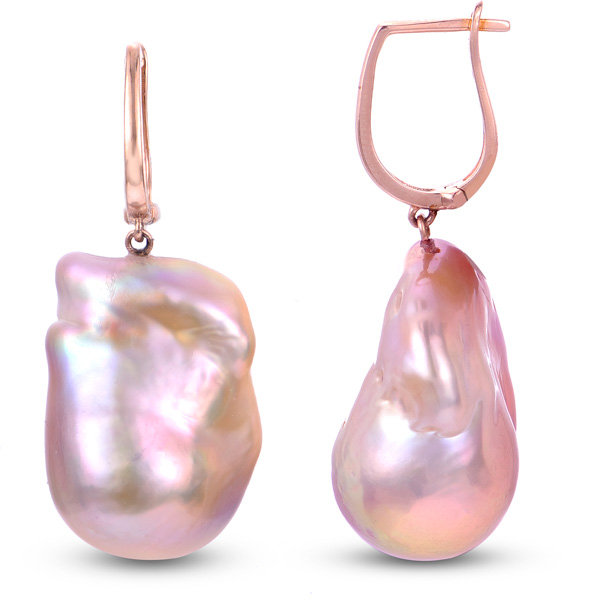
It makes sense that today’s consumer would appreciate the baroque pearl especially. With an increased desire for pieces that feel unique, and expressive, a “perfectly imperfect” pearl fits the bill far better than a strand of uniformly shaped spheres.
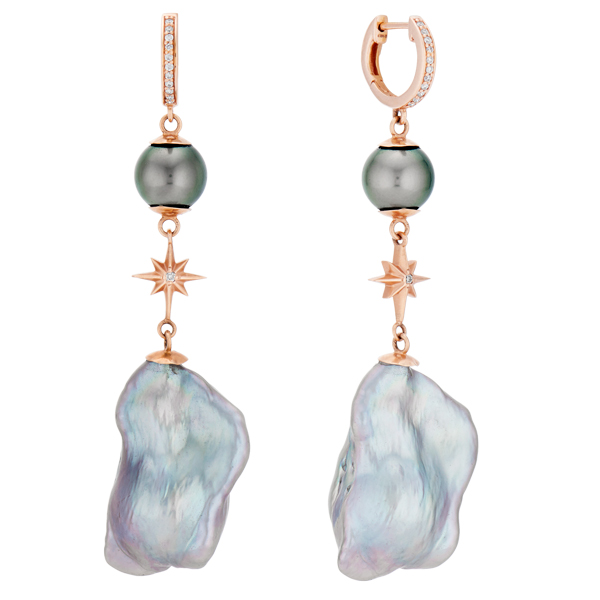
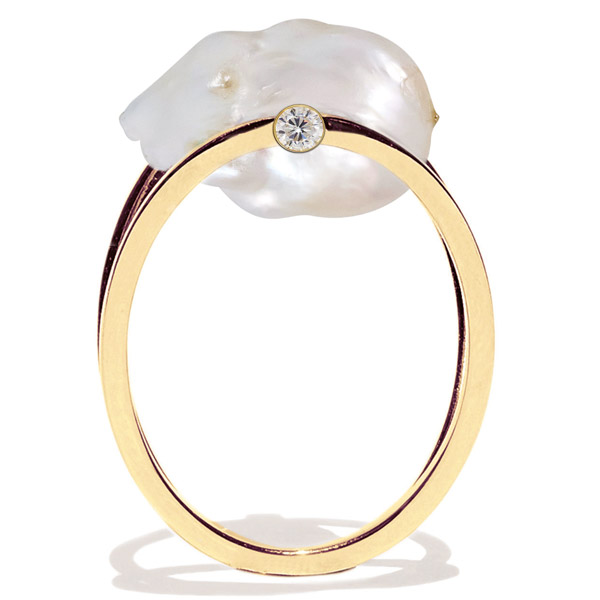
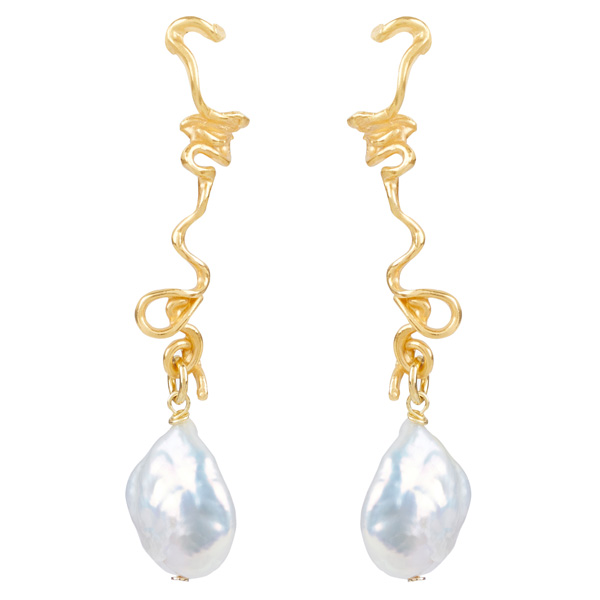
Designers have embraced the baroque shape even more, too, using its organic form as inspiration for interesting settings and embellishments, much akin to dressing raw gemstones, which is also popular.
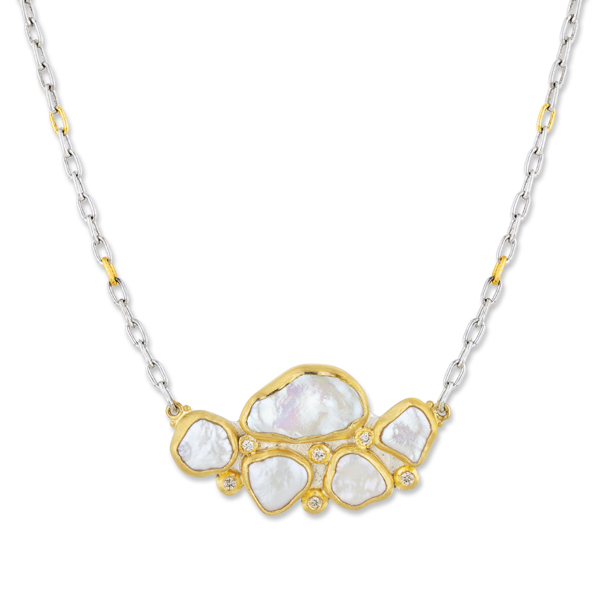
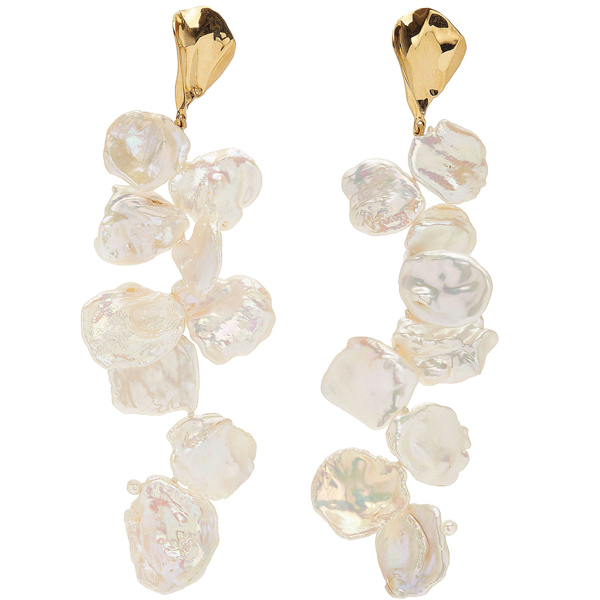
Speaking of perfectly imperfect—the keshi pearl. Sometimes known as the “accidental pearl” keshis aren’t technically pearls at all, rather they’re by-products of the pearl-making process. But that’s where the magic lies.
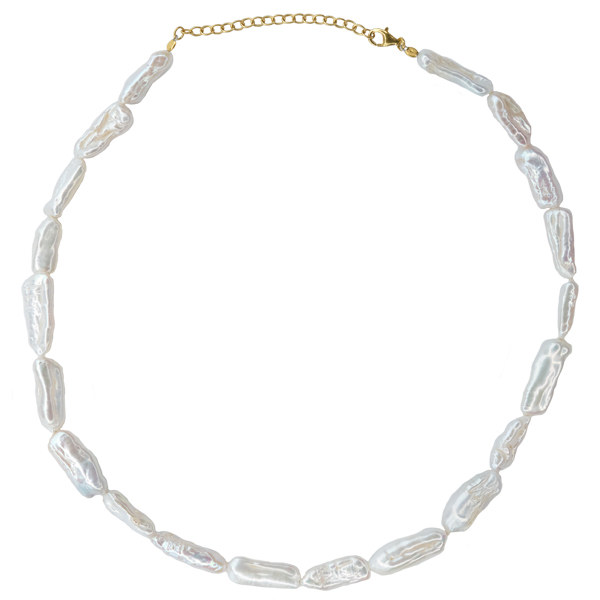
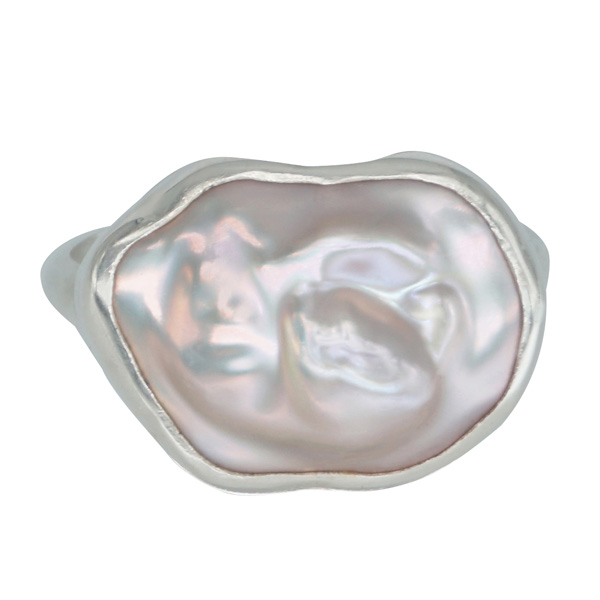
As a pearl is forming inside a mollusk, sometimes a piece of it may break off and go rogue. Since it doesn’t really have anywhere to go—it’s still inside the mollusk, after all—it will irritate the mollusk, which then secretes its nacre, creating another pearl-like form. What would have been a nucleated pearl gets locked to the curb, and the mollusk continues to secrete nacre over this accidental form instead.
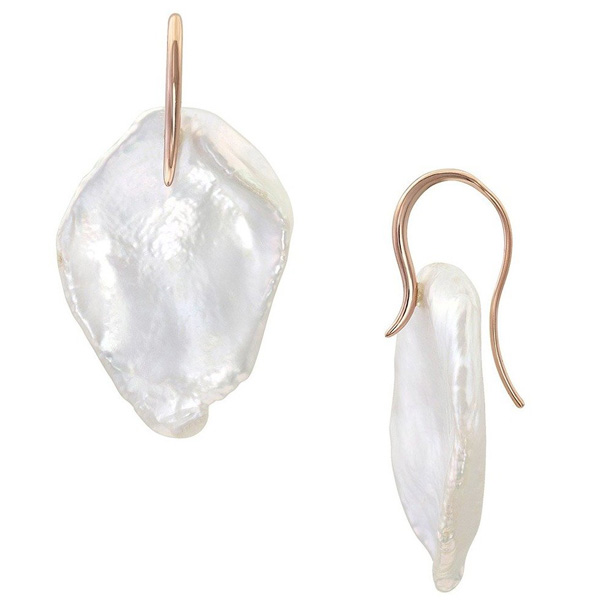
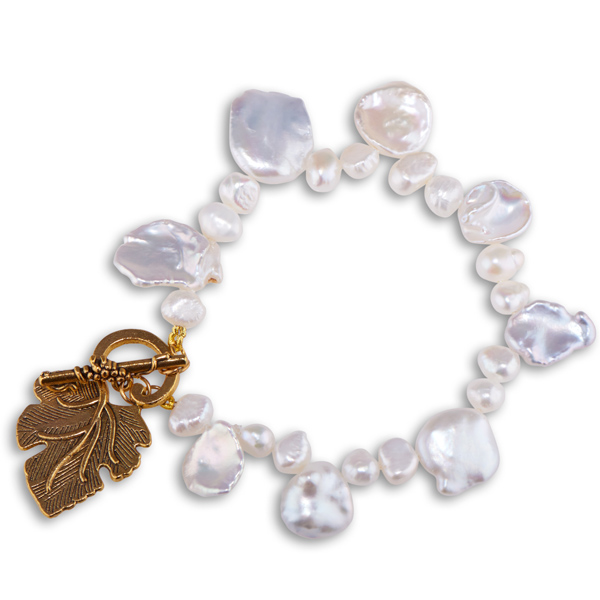
We say “pearl-like” because this second formation is only nacre, without a nucleus that would play an important part in forming a traditional pearl.
These non-nucleated pearls are 100% nacre, and, to put it ineloquently, they’re shiny as hell.
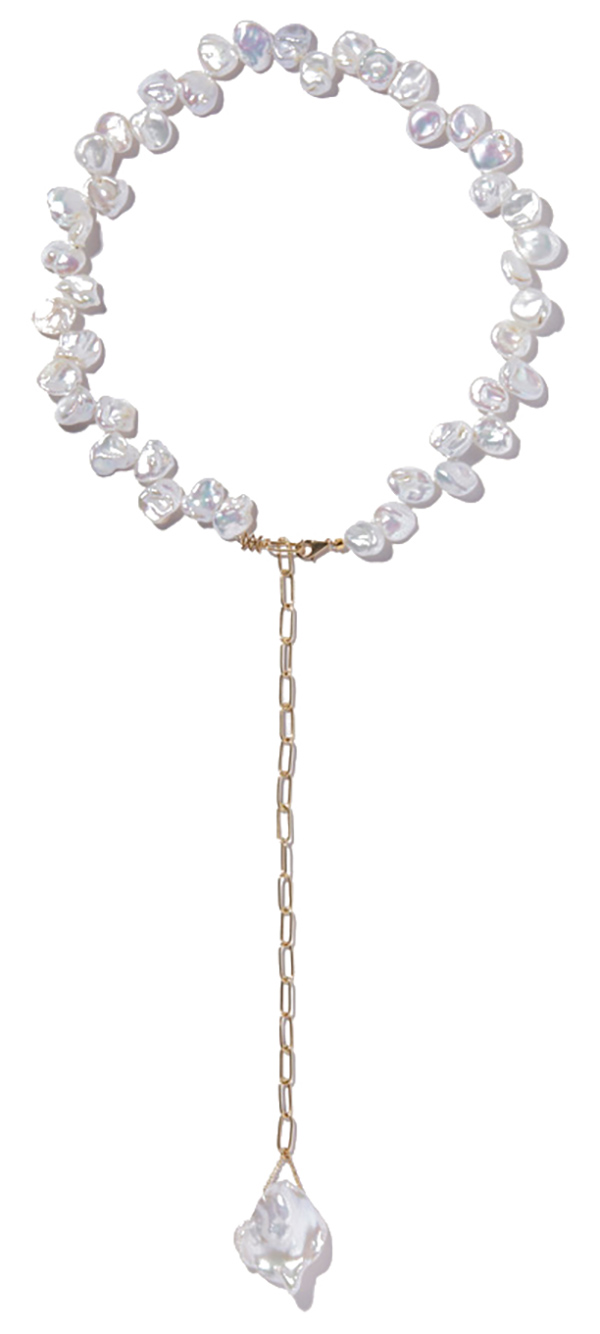
Which makes for really, really fantastic jewelry, often at a lower price point than the traditional, “perfect” pearl.
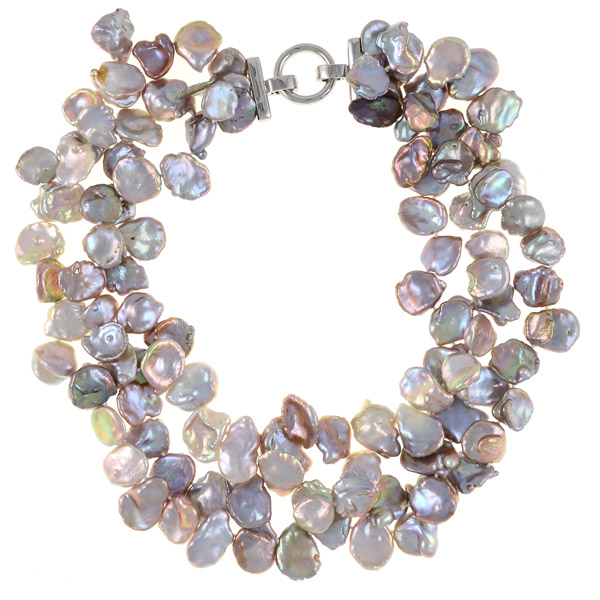
The world of pearl is endlessly fascinating, with a variety that could convince even the staunchest opponent to give in to its mystical allure. For those who are strapped with the old buttoned-up reputation of the gem, let this be yet another example that shows pearl is so much more than what the average consumer may believe it to be.
Top: Flower earrings in 18k white gold with 16.5 cts. t.w. aquamarine and South Sea keshi pearls, $24,000; Assael
- Subscribe to the JCK News Daily
- Subscribe to the JCK Special Report
- Follow JCK on Instagram: @jckmagazine
- Follow JCK on X: @jckmagazine
- Follow JCK on Facebook: @jckmagazine







